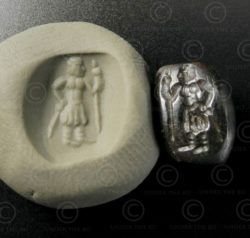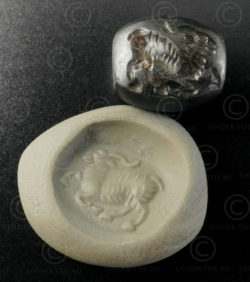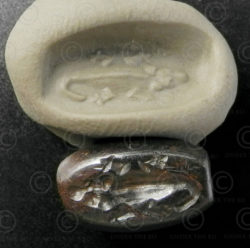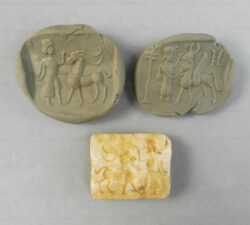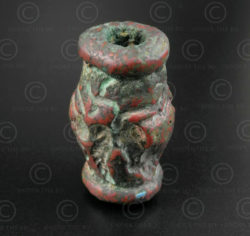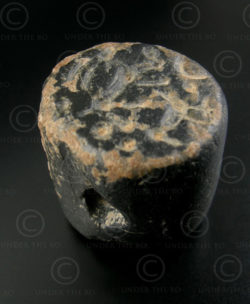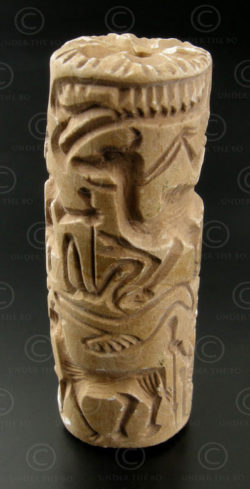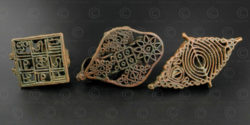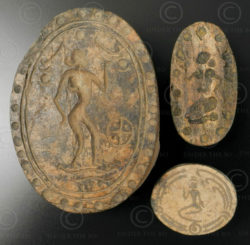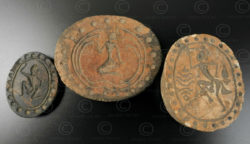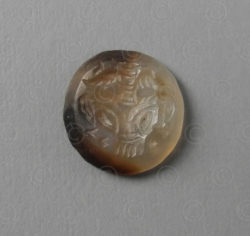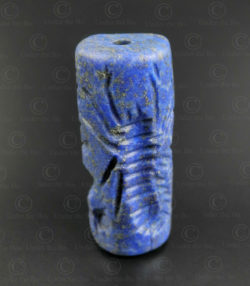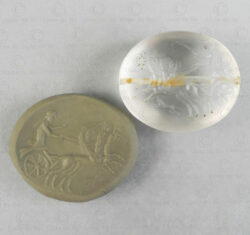Most seals here date from antiquity. Many are from the Sasanian Empire in ancient Persia or from the Indo-Greek civilization of Bactria, Margiana or other ancient kingdoms which were situated in or around modern Afghanistan and Iran.
They were used primarily to label trade goods, and to authenticate documents in commercial transactions and in administrative records. They come in many shapes, some in cylindrical form which can be printed repeatedly on a surface, but there are also domed and conic stamps. All are perforated and were likely worn on a string around the neck. They can also be in cabochon form that were set as ring signets. The vast majority do not bear script inscriptions but are cut with animal or human figures, sometimes so-called monograms.
This page is an extract from the The Art of Sasanians by Edith Porada, you can read a brief description of all the seals made during the Sasanian Empire.
The best link to the Sasanian seals is about the online collection of the late Edward Gans, at the University of California, Berkeley and its collecting history (update July 2022: very sorry that the link is now dead and I sincerely hope it will be available soon again or in another form).
Wikipedia has an entry on cylinder seals.
I also found these two interesting links on Iranica about cylinder seals and about seals and sealings.
Finally there is a lot of reading on the website of the University of Chicago and on the website of the Metropolitan Museum of Art.
CHANGE CURRENCY :
Showing all 97 results
-
Pyu seal BU453
$ 250 Add to cart -
Pyu seal BU454B
$ 157 Add to cart -
Pyu seal BU455
$ 282 Add to cart





